As you know, VAT is an indirect tax, and a special process of its calculation is associated with this. Buyers who are its payers have the right to take deductions. This means that they can reduce their tax payable by the amount of input VAT. Sometimes it turns out that this difference is negative. Then the organization or entrepreneur has the right to refund VAT from the budget.
Where does the negative difference come from
How to determine the amount of VAT to be refunded from the budget? To answer this question, you need to understand where it comes from. A negative amount of tax payable means that the VAT charged for the reporting period is less than the amount of tax deductions accepted by the taxpayer for offset in the same period. Deductions are made for tax amounts indicated on invoices received from suppliers. This is the so-called input VAT. Its companies and entrepreneurs pay, as part of the price, to those entities from which they purchase goods and services necessary for carrying out activities.
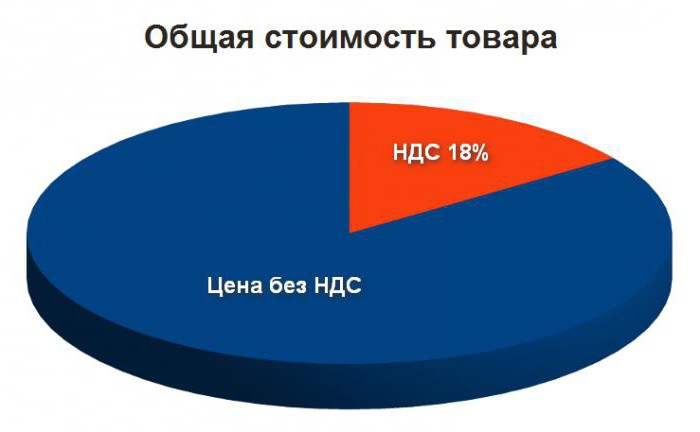
Most often, a negative difference between input and accrued VAT arises during export operations. The organization buys the goods and pays VAT as a part of the price, which the supplier allocates in the invoice. Further, the buyer takes this tax deductible. Thus, he formed a tax with a minus sign. Then the goods are sold for export, and such operations are not subject to VAT. As a result, it turns out that a tax with a plus sign, that is, payable to the budget, does not arise for this operation. This is how the negative difference develops.
But there are other cases of occurrence of the amount of tax payable, including:
- if in the reporting period more goods are purchased than sold, for example, due to a decrease in demand;
- if a large amount of sales tax from a different period, which exceeds the accrued tax, is accepted for deduction;
- if goods and services are taxed at a rate of 18%, and products manufactured with their participation are taxed at a rate of 10%.
If the entity maintains full-fledged accounting and draws up entries, the VAT refund from the budget (amount to be refunded) will be reflected in the debit of account 68, to which subaccounts for types of taxes are usually opened. A positive balance in the sub-account intended for VAT accounting indicates that the taxpayer has overpaid and may receive funds back.
When can I claim a deduction?
We found that VAT recoverable from the budget is formed by deductions. They, in turn, can be produced under certain conditions:
- goods and services for which deductions are declared are used in VAT operations;
- objects whose acquisition tax is deductible are taken into account;
- the buyer has an invoice with the amount of VAT allocated therein.
For deduction for each invoice, you can declare in whole or in part the amount of tax indicated in it. An important condition for applying the deduction is the correct execution of this document.
What does refund mean?
Reimbursement of VAT from the budget means one of the options:
- set-off of its amount against the shortfall in VAT or other federal taxes, including fines and penalties;
- set off against future accruals (so to speak, tax advance);
- a refund from the budget to the taxpayer account.
First of all, the Inspectorate of the Federal Tax Service checks whether the applicant has any federal tax debts, including VAT itself. If any, the reimbursement amount will be spent on their repayment.But if the subject has no debts to the federal budget, then the amount of tax will either be returned to his account or set off against future tax obligations. The decision is up to the taxpayer.
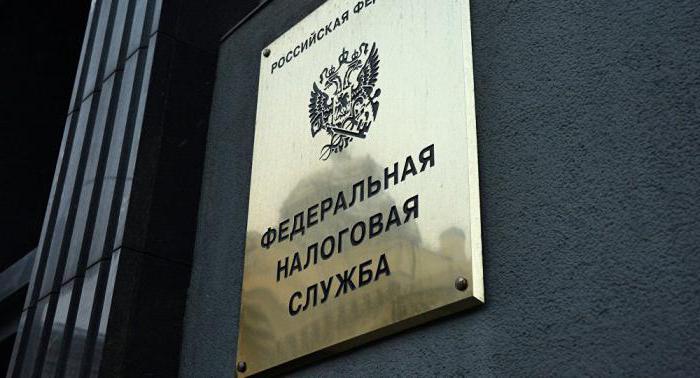
Compensation Procedure
So, in the current period, a company or individual entrepreneur has generated a tax that can be returned. At the end of the quarter, a VAT return is submitted indicating the amount to be refunded. Along with this, an application for VAT refund from the budget is submitted. It should choose what interests you most - tax refund or offset.
Today, there are two ways to recover VAT:
- the usual procedure, assuming that the tax will be refunded after the end of the desk audit;
- declarative (simplified) procedure - when VAT is refunded before the end of such an audit.
The difference between them is in the period of reimbursement - in the second case, the taxpayer will not have to wait 3 months to return the money from the budget.
Features of the application procedure
For most entities, the condition for a VAT refund from the budget in a simplified manner is the guarantee of a bank or a major taxpayer. It means that the surety will pay the amount of the refunded VAT to the budget if, as a result of the inspection, the inspection concludes that it was unfounded.
The guarantee requirement does not apply to those who for the last three reporting years paid to the budget a total of at least 7 billion rubles in the form of VAT, excise taxes, income tax, mineral extraction tax. The remaining entities should provide one of the options:
- a guarantee of the bank included in the list, which can be found on the website of the Ministry of Finance;
- surety of a major taxpayer that meets a number of requirements;
- surety of a certain management company - for residents of territories of advanced social and economic development and the port of Vladivostok.
An application for reimbursement in an expedited manner must be submitted to the tax authority no later than five days from the date of submission of the declaration. The IFTS has the same deadline for making a decision. If a refusal follows, then this does not mean that the overpayment will not be returned. In this case, the general procedure for VAT refunds from the budget will be applied - first a tax audit, and then the decision of the IFTS.
Tax audit
Whichever method is chosen, a desk audit of the VAT return will follow, in which the taxpayer declares its refund. Verification is carried out in standard terms - 3 months. However, it can be completed earlier.
Check for reimbursement has its own characteristics. A regular desk check is carried out automatically, and inspectors are connected only in cases when it reveals any violations. However, when reimbursing VAT from the budget, everything is somewhat different - an in-depth “cameral” is conducted.
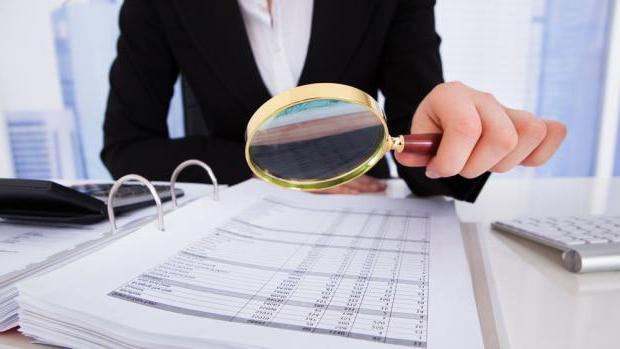
During the audit, the Federal Tax Service may require the taxpayer to provide explanations and documents that would help confirm that the VAT refund is justified. Inspectors can collect documents and other information not only from the taxpayer himself, but also from his counterparties. Despite the “cameral nature” of the process, representatives of the Federal Tax Service Inspectorate can appear on the territory of the inspected subject to inspect documents and objects on the spot. However, this will require the consent of the taxpayer. In addition, in some cases, interrogation of witnesses, examination and other control measures are carried out.
Checking, as always, can give two results - violations are detected or not. If everything is in order, then the inspection will have 7 days to make a decision on the VAT refund.
If the inspection revealed violations
It happens that the audit reveals violations committed by the taxpayer. The latter has every right to disagree with such conclusions of the tax authorities. In this case, he may file an objection, which together with the act of verification and its materials will be considered by the management of the tax inspectorate. As a result of this review, the tax service must make 2 decisions:
- whether the taxpayer should be held liable for the offense;
- whether to allow him a refund of VAT from the budget.
As regards the latter, compensation may be permitted in whole or in part or it may be refused. The applicant must learn about any decision of the tax authority within 5 business days from the date of its adoption.
How is the money back?
The taxpayer indicated in the statement that excessively paid VAT should be returned to his bank account. What's next? The amount of VAT recoverable from the budget is transferred to the taxpayer by the Federal Treasury, more precisely, by its territorial authority. An order to transfer these funds is received by the Treasury from the Federal Tax Service. This should happen no later than the day after the decision on tax refund is made.
Upon receipt of the order, the Treasury transfers funds. Returns must be made within 5 business days. The Treasury is also required to report to the tax authority on the execution of its order.
Thus, from the date of completion of the audit to the transfer of funds from the budget should pass no more than 12 days.
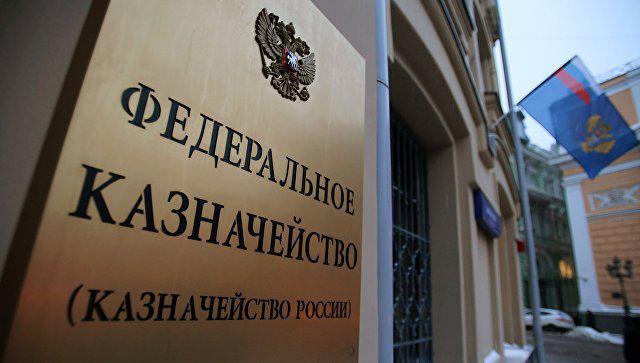
If the terms of return are violated
The timing of VAT refunds from the budget is strictly regulated, but in practice delays sometimes occur. In this case, the taxpayer is entitled not only to the amount of VAT, but also interest on the delay in returning funds. According to the rules, from the end of the tax audit to the payment of the reimbursed funds to the taxpayer no more than 12 days pass. Thus, interest on arrears begin to accrue after this time.
Interest is accrued for each day of delay and calculated according to the formula:
- Key rate of the Central Bank of the Russian Federation / number of days in a year.
The resulting value is multiplied by the number of days of delay. The result is the total amount of accrued interest.
Refunds denied. What to do?
So, the inspection refused to refund VAT, but the taxpayer is confident in his right. In this case, he can file a complaint with a higher body of the Federal Tax Service, and if he receives a refusal there, he can go to court. With a positive outcome, it will be possible to obtain not only the amount of the compensation itself, but also interest for the period during which the budget used the taxpayer’s money.
In this case, interest should be calculated not from the date the court makes a decision in favor of the subject, but after 12 days from the end of the audit. That is, from the moment when the inspection was to make a positive decision on the VAT refund.

Features of export VAT refund
VAT refunds on export operations are performed in a different order. When the goods are placed under the customs export procedure, the period begins, during which the validity of applying the zero VAT rate should be confirmed. 180 days are allotted for this. For confirmation, the IFTS presents documents for export, namely:
- agreements with foreign counterparties;
- customs declarations;
- transport, shipping and other documents.
To reduce the volume of documentation, it is allowed to submit not the documents themselves, but their registers. They are compiled in electronic form according to the format approved by the Federal Tax Service. Further, the inspection will request for verification certain documents from these lists related to the largest transactions. If everything is in order, the exporter's right to apply the 0% rate will be confirmed, and VAT will be returned.
If in 180 days the exporter does not have time to collect documents to confirm the zero rate, the operations will be subject to VAT in the usual manner. In this case, you cannot count on tax refunds.

Reimbursement of VAT from the budget: postings
Consider the reflection of VAT refunds in accounting by an example. In the reporting period, the company acquired goods worth 236,000 rubles, including VAT of 36,000 rubles. She took the entire amount of input tax deductible. During the same period, goods sold amounted to 118,000 rubles, including VAT of 18,000 rubles.In relation to VAT, the following transactions are made:
- Dt 68 (VAT) - Kt 19, the amount of 36,000 rubles - deducted tax on goods purchased.
- Dt 90 - Kt 68 (VAT), the amount of 18,000 rubles - tax is charged on goods sold.
Thus, 18,000 rubles remain in the debit of account 68 - this is VAT presented for reimbursement from the budget. If IFTS "gave the go-ahead", the Treasury pays cash. When they are received, the following record is made:
- Dt 51 - Kt 68 (VAT), the amount of 18,000 rubles - the refund of the tax received on the account of the organization.
How to avoid refunds
IFTS decides to refund from the budget reluctantly. After all, various schemes with illegal VAT refunds are very common. Therefore, each return tax return declaration is analyzed especially carefully. Large inspections have created special departments that check only VAT refund entities. In addition, it is believed that this increases the risk of getting into the field inspection plan.
One way or another, but many organizations and individual entrepreneurs try to prevent negative VAT, especially if its occurrence is of a one-time nature or is related to seasonality. The mechanism of transfer and division of the deduction helps in this. The tax code does not allow VAT on goods and services to be deductible immediately, but within 3 years after they are taken into account. At the same time, a deduction in the following periods can be declared in whole or in part.
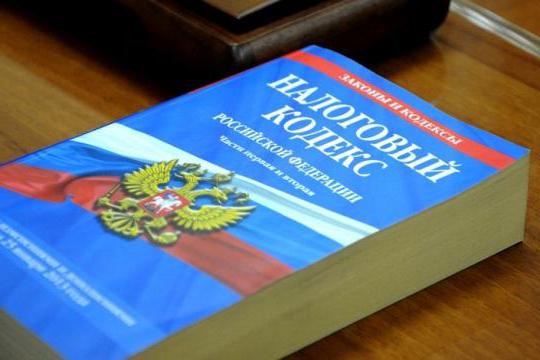
Suppose there was no sale in the reporting period, but there were acquisitions of goods and services. If VAT is deducted from these expenses, a negative difference is created and a tax will be recoverable. At the same time, implementation is expected in the next quarter. Therefore, in this case, it is advisable to wait with a deduction. If VAT arises in the next period for accrual, it will be possible to offset the input tax from the previous period or part of it.
In conclusion, we note that in spite of the complexity of reimbursing VAT from the budget, many taxpayers enjoy this right. If such a decision is made, it is necessary to fulfill all the requirements and take into account the nuances of this process. And then the IFTS will have no reason to refuse a tax refund.
